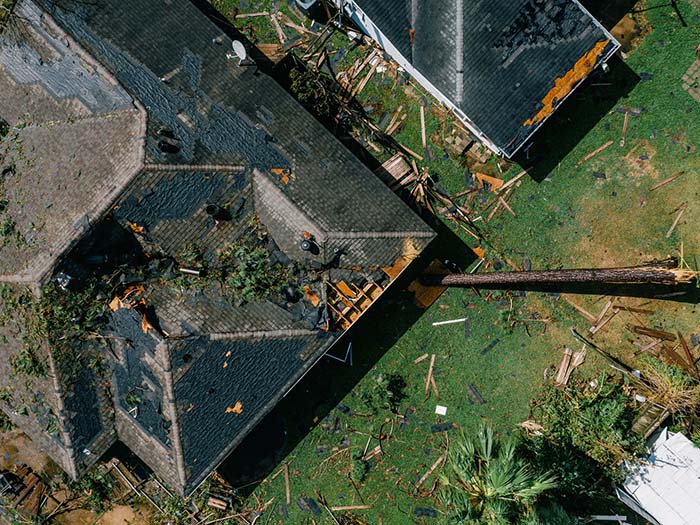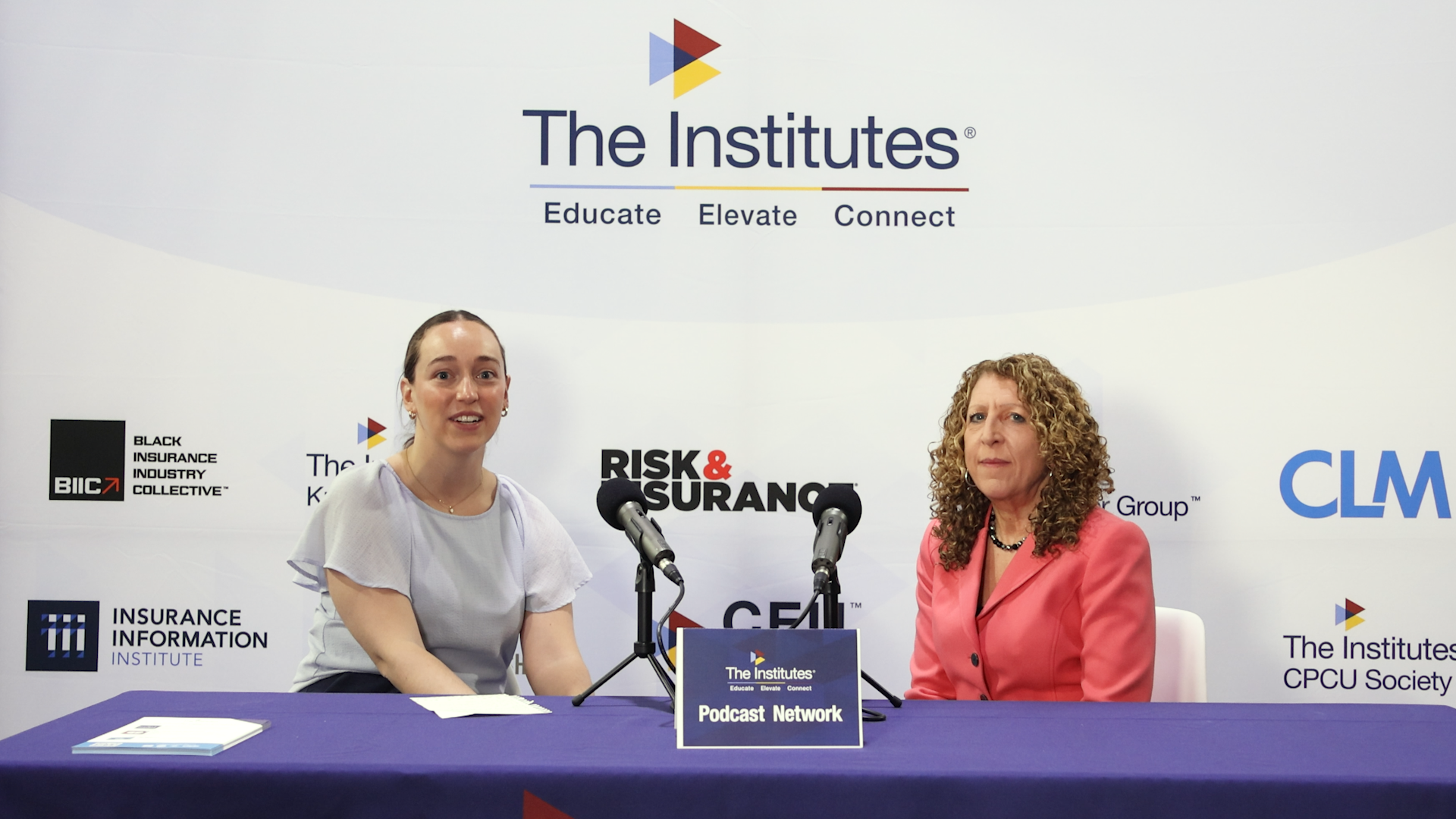Risk Insider: Paula Vene Smith
No More Ivory Tower
Joe Allen didn’t need to bring in the pink elephants.
As he launched our tabletop exercise, preparing to guide a group of campus employees through a fictional crisis scenario, Joe presented the ground rules: “Even if I describe pink elephants rampaging across your campus, don’t object to the scenario. Accept my story as plausible and focus on the unfolding of procedures and judgments. What we’re working on is your level of emergency response.”
Several minutes later, though, no one would raise a doubt about the scenario given to us by Joe, an emergency operations planner visiting from Margolis Healy. The story featured a student threatening on social media to carry out a mass shooting on our campus.
For participants in the exercise, that prospect felt all too real.
Clearly, the day is past when people could talk about the academic “ivory tower” as immune to the harsher forces of the outside world. University risk managers now accept the reality that mass violence can erupt on campus — just as it can in a prayer meeting, a movie theater or the staff holiday party.
To set priorities for action, colleges with enterprise risk management programs develop a list of risks with most dramatic potential to disrupt their institutions and damage their reputations. And violent incidents do just that.
Clearly, the day is past when people could talk about the academic “ivory tower” as immune to the harsher forces of the outside world.
With a moment’s thought, one can easily come up with a short list of prestigious universities whose very name, unfortunately, has become synonymous with a notorious crime — perhaps taking place many years ago — that involved multiple victims.
The risk of playing host to a nationally prominent disaster such as befell Penn State or Virginia Tech can never be reduced to zero, even by applying the most effective methods of risk management.
But the heartbreaking reports of what occurred on those campuses produced ripple effects of governmental legislation, many new institutional policies and innovative preventive measures designed to reduce the likelihood of such events in the future.
In late October 2015, the Iowa Board of Regents sponsored a first-ever statewide summit on campus safety and security. Representatives from dozens of institutions of higher education across the state gathered to present information and share discussion about Title IX investigations, threat assessment teams, violent incident response preparation (such as ALICE training), timely warning systems, bystander intervention and other topics.
The experiences described at the summit and questions asked by the audience showed that even in Iowa — a state not conspicuous for its high rate of violent crime — attention to these issues has become mandatory.
We all believe in pink elephants now. For those who lead colleges and universities, the threat of a violent incident, even the statistically unlikely prospect of a mass shooting on campus, has earned a solid place on the list of primary risks.










